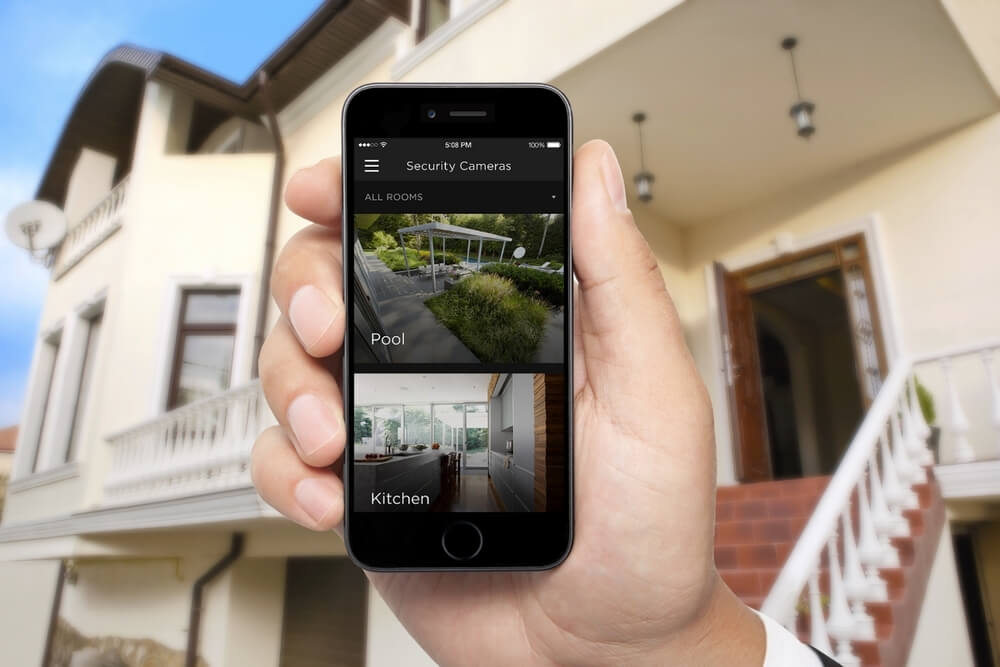The promise was big, the hype was bigger, but the reality, well, let's just say, not exactly earth-shattering. Several years after the concept of the smart home started making waves---the first Nest thermostat was introduced in October of 2011---the smart home market is still more promise than practical reality. Certainly, progress has been made, and with the forthcoming version of the HomeKit-enabled Home app in iOS 10 slated for this fall, more is on the near-term horizon.
But, it's also fair to say that most people haven't exactly been caught up in a wave of smart home euphoria. Other than the modest success of web-enabled home security cameras, most consumers haven't felt compelled to equip their homes with connected light bulbs, appliances and other smart devices.
It's not hard to see why. First, as has already been discussed ad infinitum, there's a standards problem---as in, there are way too many of them, and battles exist at nearly every potential layer of the communications stack. As a result, the process of finding products that will work together is a much harder (and more limiting) research project than it should be.
On top of the obvious technical challenges, there are other more practical usability challenges. First, most devices have their own apps, which often means you have to switch from app-to-app to get common things done. In theory, some of the upcoming developments in smart home platforms---like the enhancements coming to Apple's HomeKit mentioned earlier---should help in this regard.
...it's fair to say that most people haven't exactly been caught up in a wave of smart home euphoria... it's not hard to see why: there's a standards problem
An even bigger question in my mind, however, is why do we have smart home apps at all? While developers like to believe that people carry their smartphones everywhere, the truth is, for many people, home is the one place where they don't always carry their phone. Between plugging it in to charge, setting it down with keys or other objects, or just finally taking a break from it, it's not at all uncommon to be "phoneless" when you're at home.
Needless to say, pretty tough to do trivial yet essential things, like turning on a light, if you don't have immediate access to the software that function might depend upon. When you're outside your home and want to check in on something, of course, smart home apps are essential. Inside, however, the value proposition for apps isn't always very clear.
In fact, it's this desire to be "phone-free" at home that, in part, has triggered the growing interest in voice-based devices like Amazon's Alexa. By leveraging a fixed location appliance that doesn't require anything but your ability to speak to it, you can accomplish a number of things more easily, more quickly, or just plain more possibly than having to dig into your pocket or purse to get your phone, find an app, launch it and then do whatever it is you want to do.
Of course, because it's a fixed location device, unless your living space is tiny, you could easily need several in order to get the kind of control you'd want throughout your entire home or apartment. That, in turn, leads to yet another challenge for smart home solutions: cost.
In many cases, the cost of a single smart home device really isn't that bad. But unlike most other tech gadgets, smart home devices need to be bought in bulk---think about how many light bulbs you have around your house---in order to provide their full benefit. Needless to say, that can add up very quickly.
Unlike most other tech gadgets, smart home devices need to be bought in bulk... in order to provide their full benefit.
Given all these costs and challenges, it's easy to understand why smart home services, such as AT&T's Digital Life and Vivint's SmartHome, have enjoyed some degree of success. The barriers to success for a DIY smart home remain fairly high for most consumers, so having someone do the work of installing and integrating everything is bound to be appealing to a certain group of consumers.
Even with those pre-packaged solutions---which tend to focus primarily on security---there still really aren't the kind of comprehensive, fully intelligent systems that many of the first visions of smart homes promised. Instead, we see more up-to-date versions of things like home automation, multi-room entertainment, and security services that, frankly, have been around for decades.
For consumers to find a compelling enough value in smart home products and services, there needs to be a lot more thought given to how people want to interact with their homes, both inside and outside, in a seamless manner. Additionally, more intelligent learning has to go on so that the elements in a smart home can self-discover and self-configure themselves with whatever other existing devices are in a home in a manner that makes them quickly and genuinely useful.
The promise of an automated home is still a compelling one, but we have to move past simply getting them connected and start making them smart.
If you're interested in learning more about the smart home industry opportunity, I'm pleased to be the Chairman for day one of the Smart Home Summit in Palo Alto, CA on November 1, 2016. You can learn more about the event here.
Bob O'Donnell is the founder and chief analyst of TECHnalysis Research, LLC a technology consulting and market research firm. You can follow him on Twitter @bobodtech. This article was originally published on Tech.pinions.
